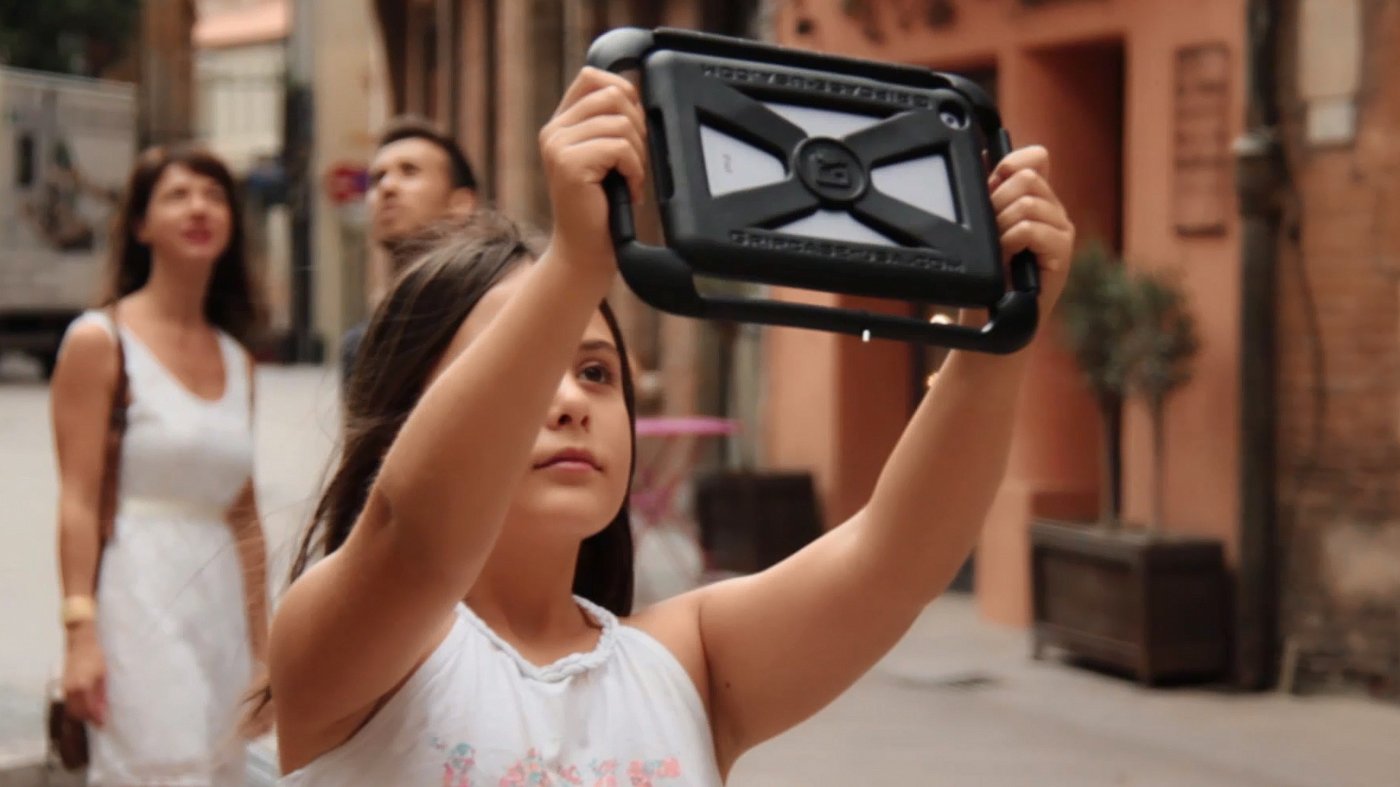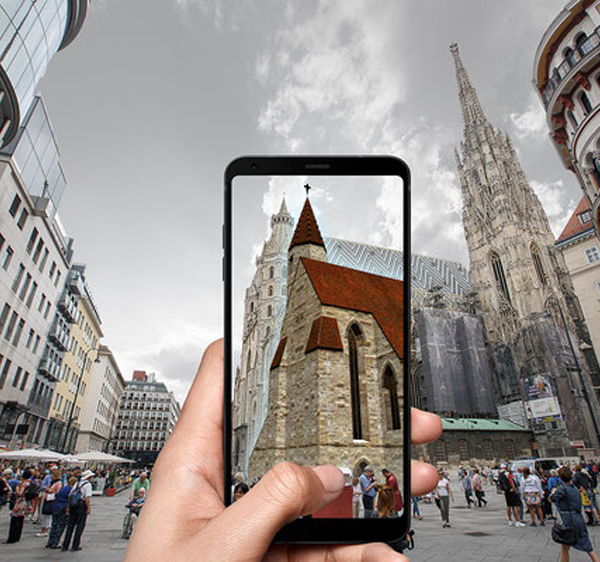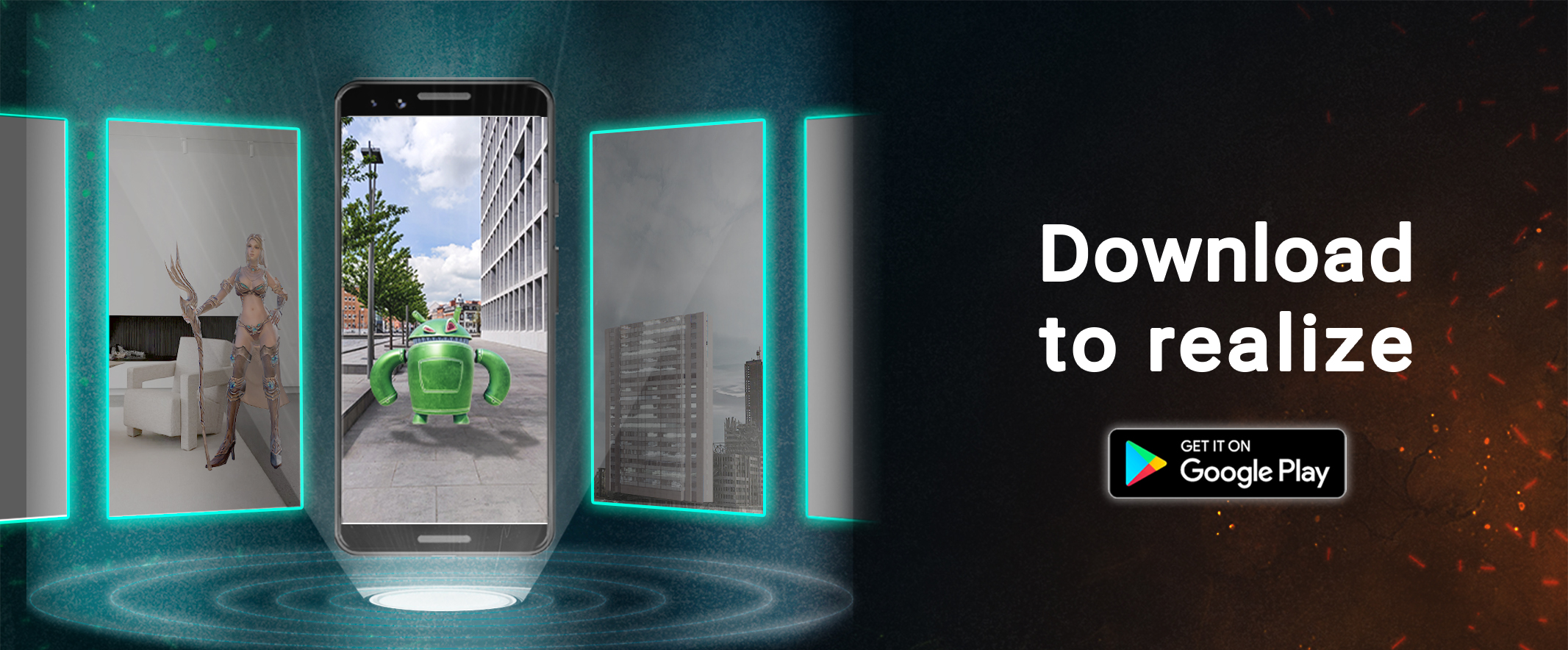
Augmented Reality for Book Publishers
August 9, 2022
Training and Education – Google Expeditions!
January 14, 2023Augmented Reality as Historical Landmark Savior!
“The life in which nothing happens goes the fastest, because it has no landmarks”. This quote from the legendary Irish author, Katharine Tynan, has a lot to offer, especially after the long period of Covid-19 lockdown when many of us experienced unexciting monotonous daily routine. Landmarks are the indication of the twists and turns and ups and downs we experience in our personal lives and our journey as a race, nation, and creation. In fact, without landmarks it would be hard to remember many places, experiences and even memories. When it comes to cultural and historical landmarks, there’s no shortage of reasons indicating the significance of visiting and learning about them. After all, they can create memories, provide immersive learning experiences, provoke imagination and reinforce the sense of identity. With the advancement of augmented reality technology, application of AR has become more popular in many areas, including creation of sophisticated 3D modeling packages of national and historic sites. Virtual Heritage is one of the computer-based interactive technologies in virtual reality where it creates visual representation of a monument, artifact, building and culture to deliver openly to global audiences (Stone and Ojika, 2002.). With AR, museums and historical sites superimpose their virtual world over what you see, bringing history to life in a brand-new way.

How to Use Augmented Reality to Bring Historical Landmarks to Life
Three criteria of AR system are defined: 1) Combination of real and virtual; 2) Interactive in real-time; 3) Register in 3D (Zakiah Noh and the colleagues, 2009). All you need to do to put a historical site back on the ground again is to take some pretty simple steps. First, you need a designing software (e.g. blender) to create a 3D model of the site you have in mind. Designing a historical landmark requires a designer with an eye for details. The second step is to place the link of the 3D model on ARindu.com. Then landmark visitors can easily use their smartphone cameras to access the model by scanning a code. You can also add some elements including sound of a blowing wind or distant horse neigh to make the experience more immersive. Plus, you can also increase knowledge and understanding of the place by including information, look-a-likes and artifacts in context.

Instances of Historical Landmarks Restored with Augmented Reality
Augmented Reality complements history with story-telling and cue-finding, making it easier to understand and more fun to learn. “The ability to obtain information on-site, while visually decoding cues, about a historic site or building supports an excellent location-based learning experience.” (Rozhen Kamal Mohammed-Amin, 2010). There are many instances of AR enabled landmarks and museums.

In 2001, archaeologists unearthed Jinsha landmark, along with over 5,000 artifacts including gold sunbird, smiling gold mask and the kneeling stone figures. Back in 1,000 BC, people of the ancient civilization of Shu would gather in Jinsha to pray and sacrifice for the mercy of their gods. Today, thanks to AR technology, visitors of Jinsha Site Museum can explore the relics and see how they look in 3D as well as learn how they were used by ancient Shus. The gold mask is an astonishing relic that appears to float up and spin in front of the visitor’s face via AR. A gold foil totem with images of the sun and immortal birds is another on-display experience offered in Jinsha Site Museum.
Augmented Reality complements history with story-telling and cue-finding, making it easier to understand and more fun to learn. “The ability to obtain information on-site, while visually decoding cues, about a historic site or building supports an excellent location-based learning experience.” (Rozhen Kamal Mohammed-Amin, 2010). There are many instances of AR enabled landmarks and museums.
The Donuimun Gate is one of the Four Great Gates in the City Wall of the South Korean capital of Seoul. The gate was destroyed in 1915 during the Japanese colonial period. For many years, the government has been trying to come up with a plan to rebuild the gate, which is now nothing but a busy road junction. However, the high cost of rebuilding such an important landmark, as well as concerns over traffic situation, has made it almost impossible to physically build the national site. But thanks to AR, that’s not the end of the story; now, people can experience the digitally restored gate using a mobile app, which displays the monument in different lights based on different times of day. There is, also, a kiosk near the site, where people visit a life-sized, 3D model of the gate and learn about the history and restoration process.


There is Always More Ways to Retell History with Augmented Reality
Rebuilding historical sites is not always the only option to let visitors enjoy iconic monuments. Museums and heritage sites have always been enabling history enthusiast to dive into a journey to the past. However, painting, monument signage and sculptures don’t always convey the sense of adventurous past. That is the reason for museum like Louvre to embark on creating 3D rendering of ancient history relics and landmarks and allow visitors to engage with history from the comfort of their homes.
LifeClipper is yet another example of AR usage that allows users to relive history. It is, in fact, a research-based project from the University of Applied Sciences in Switzerland which provides a journey to the medieval landmarks and streets in the St. Alban Quarter of Basal. Imaging walking alongside of medieval citizen wearing medial cloths and experience medieval life.
AR is certainly useful for enriching the educational and touring experience of historical sites and landmarks. Augmented reality captivates audiences and deepen the connection between the past and present. If you’re considering this technological boost, don’t hesitate to leave your 3D model to ARindu or contact us for further information and how-tos.




